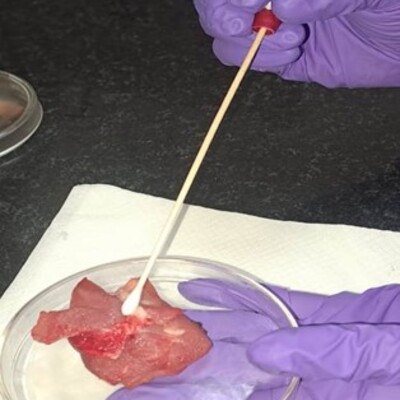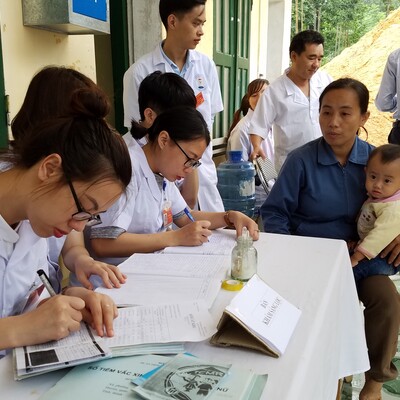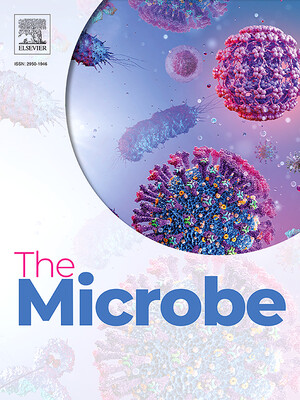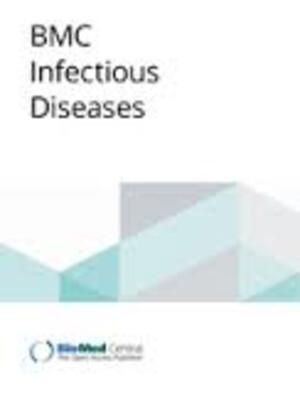
Circulation of antibiotic resistance genes at the wildlife–livestock interface in Kapiti, Kenya
The goal of the project is to investigate the occurrence and map the antibiotic-resistance patterns of bacterial species at the wildlife-livestock-ecosystem interface and determine the resistome within animals and the natural environment.
Antimicrobial resistance poses a threat to food security, human health, the natural ecosystem and the global economy. Wildlife carry bacteria, some of which may be resistant to antibiotics. Through horizontal gene transfer, bacteria in a microbial community can transfer antibiotic resistance genes to other microorganisms in the community. The presence of antimicrobial resistant genes in wildlife could indicate that antimicrobial-resistant bacteria of human or livestock origin are widespread in the environment and that wildlife could be acting as a reservoir for the transfer of antimicrobial resistance genes among people, livestock and the natural environment.
Objective
To collect and test faecal samples from wildlife co-grazing with livestock for the presence of clinically relevant pathogens. Samples of soil and water from shared water holes will also be tested.
Expected outcome
Characterization of antimicrobial resistance genes, bacteria and mobile genetic elements at the wildlife–livestock–environmental interface and determination of transmission pathways.





















